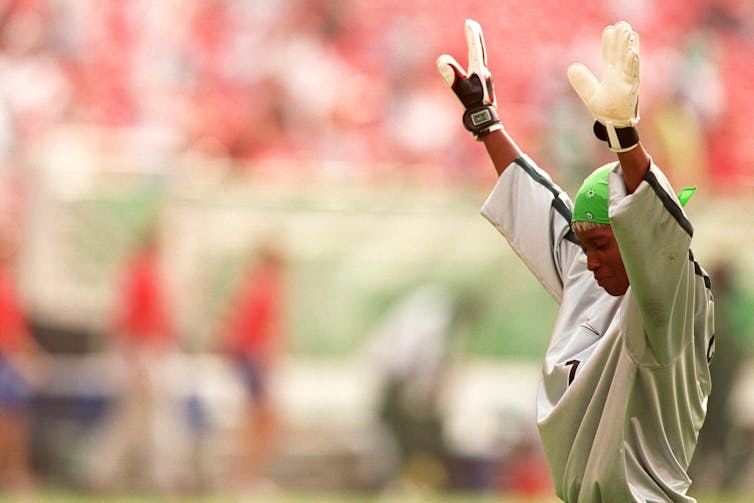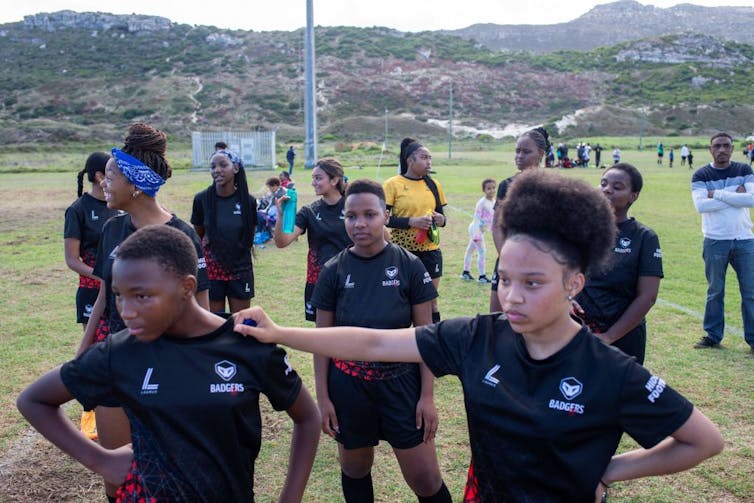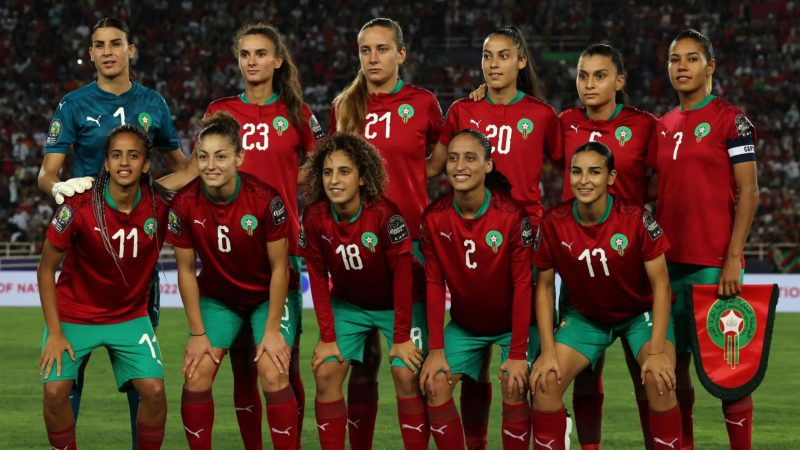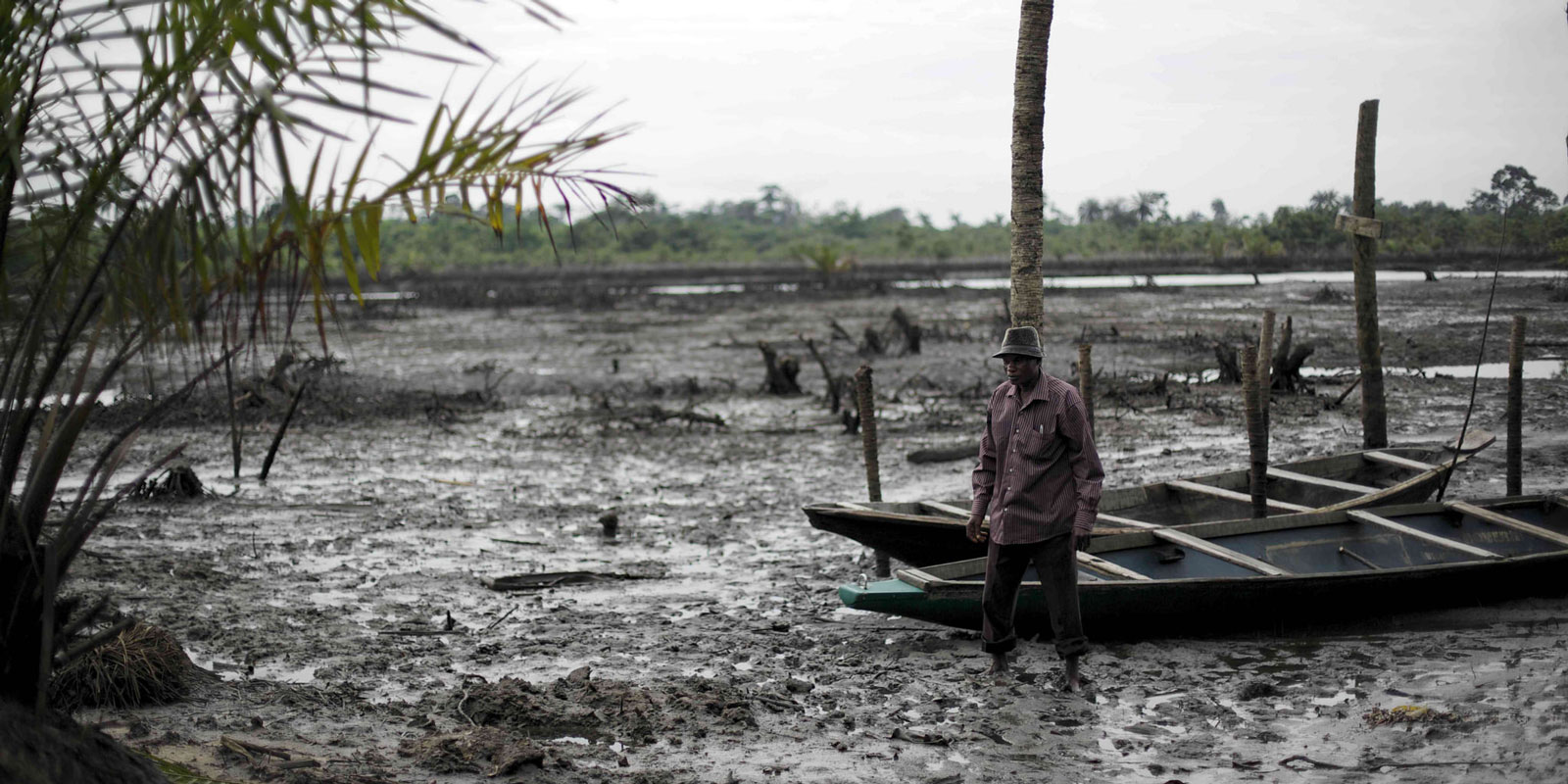Can you give us a very brief history of the African women’s game?
The first official game of men’s football that resembles today’s rules was played in the 1860s in the UK. Men played football in Nigeria as early as 1904. The first recorded game in Africa was in Lagos and most of the players were European colonialists. Nigerians later took up the sport.
Many countries around the world banned women from playing what was considered to be a male game. Pseudo scientific thinking was that women’s bodies were not suited to it.
My interest in writing a book on African women’s football began when I discovered, in the course of my football research, that women were playing the game in Nigeria by the 1930s already – not the late 1900s as is commonly believed. I found it had an incredibly rich history.
In a 1937 letter to the anti-colonial West African Pilot newspaper, a reader asked if it was acceptable for women to be playing football in Nigeria. Apparently, an increasing number of Nigerian women had begun to participate in the game. Some were playing with other women and girls and some were playing alongside male friends. I would learn that, in the 1940s, women in Nigeria, a British colony, formed teams and played against older men in novelty matches to raise funds for second world war efforts. Because of the scientific views of the time, a woman was limited to playing only one half of the game. In some games, the entire team would be substituted at half time.
In South Africa, women are recorded as having participated in curtain raiser games ahead of men’s matches by the early 1960s. Ghana, Cameroon and Côte d’Ivoire record women’s formal participation in football by the early 1970s. Early starts provided these countries with a competitive advantage.
Côte d’Ivoire’s women’s national football competition began as early as 1975. The country became a base for other African women seeking to play professionally. Star player Gladys Adu Opoku, for example, left Ghana in 1987 to play professionally in Côte d’Ivoire. The first truly global women’s national football competition took place in China in 1998 and Côte d’Ivoire represented the continent in an invitational tournament.
The first Fifa Women’s World Cup was played in 1991. In that same year the first women’s Africa Cup of Nations tournament was played. It was a World Cup qualifying contest held at locations across Africa.
Where is African women’s football at today?
Today, girls participate in the sport in most African countries, from Botswana to Algeria, Kenya to Sierra Leone. Countries that adopted the women’s game later are quickly catching up with the first movers. The gap between the powerful teams – like Ghana, Nigeria and South Africa – and the others – like Morocco, Senegal and Zambia – has closed remarkably. In Morocco particularly, an injection of state funds has accelerated progress in women’s football, with success stories at both national and club levels.
In the book, I provide statistical markers to demonstrate how fast African women’s football has grown on an international level. For example, Morocco, Nigeria and South Africa went beyond the group stages at the 2023 Women’s World Cup. That had never been done before.

At the Under-17 level, Africa has consistently seen one or more teams reaching the knockout stage at the World Cup. In 2012 and 2022 Nigeria even reached the medal stage. At the Under-20 World Cup, African sides have reached the medal stage at three tournaments.
Outstanding women players over the years are finally being acknowledged for their contributions: like Mercy Akide, Asisat Oshoala and Chiamaka Nnadozie (Nigeria), Rosella Ayane (Morocco), Barbra Banda (Zambia), Gladys Adu and Alberta Sackey (Ghana), Portia Modise and Desiree Ellis (South Africa) and Gaëlle Enganamouit (Cameroon).
The 2021 introduction of a championship for women’s clubs in Africa has also brought several new players to the attention of the public. The dominant clubs have been the Mamelodi Sundowns Ladies from South Africa and Morocco’s Asfar. Nigeria’s champion clubs have yet to win the continental championship.
Aside from sexism, what are the other challenges?
There is also a religious divide, with Islamic African nations adopting the women’s game later. In most Muslim countries worldwide, girls and women are restricted from playing football because sports attire exposes their legs and hair and they become a focus for the male gaze. However, the book outlines how girls have always resisted restrictions and found ways to participate.
Funding represents another problem at all levels. Some countries fund women’s national teams only for competitive matches but not for preparatory games. This means some teams rarely play.

Other issues include homophobia and racism. Women players are often perceived to be lesbian and are discriminated against by both the public and football officials. This can have dire consequences. In South Africa, for example, a national team player, Eudy Simelane, was gang raped and murdered by men claiming to be “cleansing” her from lesbianism.
There is still a lot more work to do, to recruit more girls and grow women coaches. Public education is needed and the game needs funding for development.
But I hope readers will see more than the barriers facing women’s football in Africa – and understand how much African girls and women have done to overcome these barriers.




